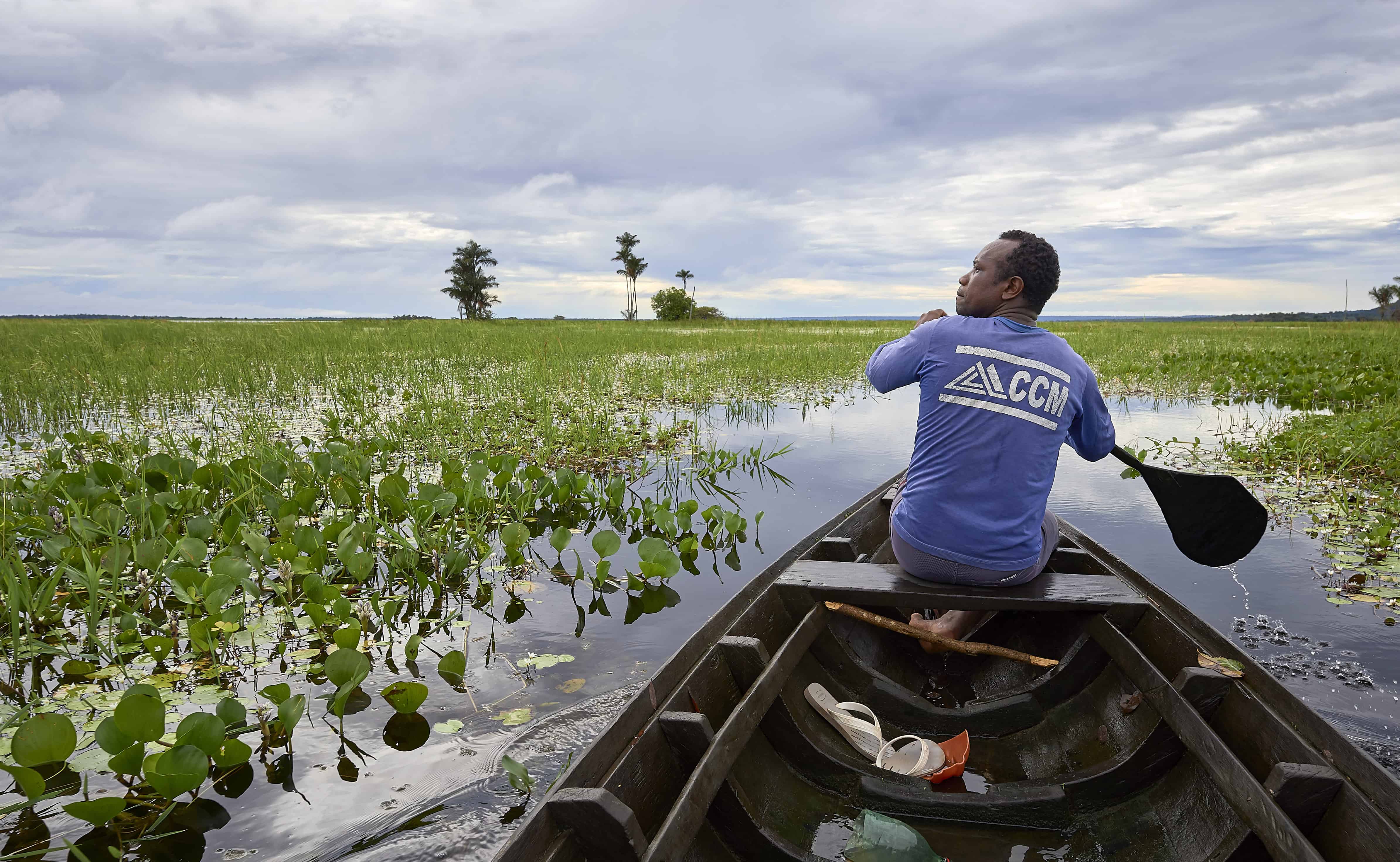Back in July, I tried to excavate the part of the Pan-Amazonian Synod working document that seems to cause the most anxiety for some: the ordination of married men. While this and other concerns about the agenda have been circulating, they are in large part distractions.
Now, I want to address the heart of the coming synod: what does it mean to have a conversion so that the Church might fully preach the Gospel of Jesus Christ in the Amazon?
The working document called an Instrumentum Laboris (hereafter IL) deals with a wide range of themes, from culture and interculturality to migration and corruption, from liturgy and missions to urban life and communications. The life of the Church in the Amazon can’t be distilled down into any single issue. However, an overarching theme in the document is this: the land and human life are so intertwined in the Amazon that aggression against the earth in the Amazon is also an aggression against human life, culture, and spirituality. For that reason, “the current situation urgently demands an integral ecological conversion” of the same kind that Francis proposes in Laudato si’ (IL 44).
Francis’ teaching for the universal Church is now being expressed in one of the most delicate and threatened environments in the world.
Extracting Resources — and People
The Amazon is an immense region. At over 2.3 million square miles, it touches almost every country of South America: Bolivia, Brazil, Colombia, Ecuador, French Guiana, Guyana, Peru, Venezuela, and Suriname.
As the IL describes, extractive industries are a major problem: for the region, for its biodiversity, and for the people who live there.
“Illegal gold mining is at epidemic proportions in the Amazon,” Dom Phillips reports for The Guardian.
It’s a disruptive process, especially in Brazil, where it involves invading indigenous lands — be they registered or not — murdering leaders, and taking over entire villages with machine guns as people flee.
At the same time that illegal industries threaten indigenous peoples, the same industries compel the migration of young people from other regions.
Young men and women from the southern Andes are known to migrate to get their cut in illegal mining. Exposed to dangerous chemicals, they wager their health to earn good money extracting gold, ripping up the forests and polluting the rivers with mercury in the process.
Besides threatening other industries, illegal mining activities brings along human trafficking: “10,000s of child workers, prostitution, sexual exploitation of minors, and indications of forced labour, among other horrors.”
The level of deforestation is staggering. It’s all visible to satellites, drones, and radar.
Meanwhile, Brazil’s president, Jair Bolsonaro, encourages such invasions with his rhetoric, and calls reports on deforestation “lies.”
Brazil’s National Space Research Institute, which measures deforestation, claims that, “more than 1,000 sq km (400 sq miles) of the rainforest had been cleared in the first 15 days of July – an increase of 68% from the entire month of July 2018.” And the agency says it’s data is 95% accurate.
The threat to indigenous peoples is not just a threat, but a reality of heightened attacks and weakened government protections. This summer, the general impulse to displace indigenous populations took the form of the intentional lighting of forest fires on indigenous lands in both Brazil and Bolivia.
The Catholic clergy and laity who walk with these peoples have often put themselves on the line. “The Pan-Amazonian Synod will denounce these sins, but will there be conversion?”, Bishop Robert Flock of San Ignacio de Velasco in the Bolivian Amazon, asks. The synod may well be an attempt to work out the Church’s response to the overlapping disasters in the Amazon, but it also means higher visibility for region and its problems.
An Integral Ecology
For the Catholics of the region, what does conversion look like? It demands a profound recognition of the relationships that constitute human life — material and spiritual. It is relationship not just with other people, but also with the environment that sustains us.
The proper response to these sins is to restore our understanding of God’s creation. That requires both an adequate understanding of the human person and of creation’s value not for our use, but as God’s creation in and of itself.
To quote Laudato si’, “There can be no renewal of our relationship with nature without a renewal of humanity itself. There can be no ecology without an adequate anthropology” (118).
Those relationships are felt strongly by Amazonian Catholic communities consulted in the preparation for the synod (IL 47). But the Church falls short of defending this relationship day-to-day.
At its core, the synod seeks to convert the Amazon from an ecclesial backwater into “a privileged interlocutor” (IL 2). The “process of ecological and pastoral conversion” to authentically reach out to “geographical and existential peripheries” can’t happen without real input from the people of the region and what they’re experiencing (IL 3).
In a way, this synod has two functions: to help the Church in the Amazon to serve more faithfully in the midst of great challenges and great suffering. But also to “Amazonize” (“amazonizar” in Spanish) the Church and the world, sharing the joy and truth of people who have never forgotten that they rely entirely on the goodness of God’s creation.
The synod is discernment — not a conspiracy to undermine Church tradition, as some believe. The details are important, but it’s not just about the details. The synod is a choice to find a way to respond that expresses God’s own will for his people in the Amazon.


